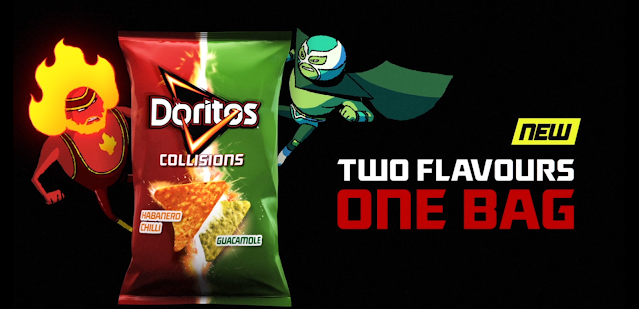Radio: Launch Of BBC Radio 1 CSP
Radio: Launch Of BBC Radio 1 CSP
Historical, Social And Cultural Contexts
1) Before 1967, there were three other radio stations. BBC Radio Home, which mostly broadcasted educational programmes and news, which was replaced by BBC Radio 4. Also, there was BBC Radio Light, which broadcasted mainly comedy, drama and music (replaced by BBC Radio 2) and BBC Third, which continued until 1970.
2) The BBC reprogrammed their shows in the summer of 1967. Radio 1 offered continuous "popular" music and Radio 2 was for more ''easy listening''. The third programme became Radio 3, which offered classical music and cultural programming. Radio 4 offered news and non-musical content such as quiz shows, readings, dramas and plays.
3) Pirate radio stations could produce shows for young people, but were beyond the control of regulators. They played popular music and were managed by young men, who were more relatable to youth than other radio stations.
4) The 1967 Marine Broadcasting Offences Act officially outlawed pirate radio, so all pirate radio stations could no longer play music. Radio 1 was the only choice for young people to listen to popular music.
5) Many of the pirate station DJs were employed by Radio 1, which brought many of their loyal listeners with them. It also developed better content more suitable to the target audience, which meant that it became more popular.
6) Needle Time was the restriction for radio stations to only play five hours of music a day. It was a problem for the BBC because pirate radio stations did not have restrictions on them, which meant that they were more popular than the BBC.
7) It had a more formal preventing style than pirate radio stations, which meant that it was less popular among its target audience of teenagers and young adults.
8) The first presenter was Tony Blackburn. Radio 1 was not initially as popular with the younger generations as it was seen to be copying the pirate radio stations and was more formal and conservative.
10) The presenter was a young man; he spoke informally; he was not particularly serious; he could relate more with the younger audience; the show was more relaxed and casual.
Audience and industry
1) The target audience was those who listened to pirate radio.
2) It was more formal than pirate radio stations and stood for conservative values. The younger generation would not have resonated with this, and preferred pirate radio stations because they were more like listening to friendly conversation.
3) It offered diversion as it was a form of escapism for young people and something that could temporarily act as an escape from the outside world. It offered a sense of personal identity because the people were young and were similar to listeners, and also provided personal relationships for this reason. Additionally, it can be said that the listeners could have been offered surveillance for news stories or the latest reports.
4) It is funded by the TV licence, which comes from the money of the people, and is given by the government.
5) The preferred readings would have been that the station was similar to pirate radio stations because it played popular music and was a good source of continuous music. Furthermore, it can be said that it provided information and was a good source of escapism for teenagers and young adults. However, the oppositional readings would have been that it was trying to be too similar to pirate radio stations, did not offer as good of content, and was not good because it was more formal and traditional, upholding conservative values.

Comments
Post a Comment